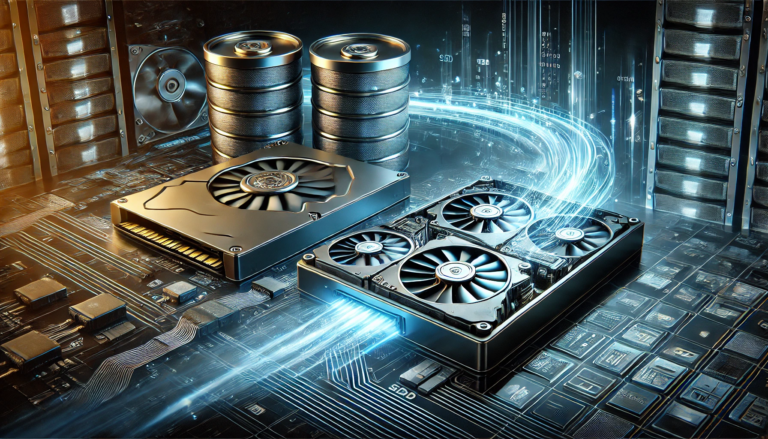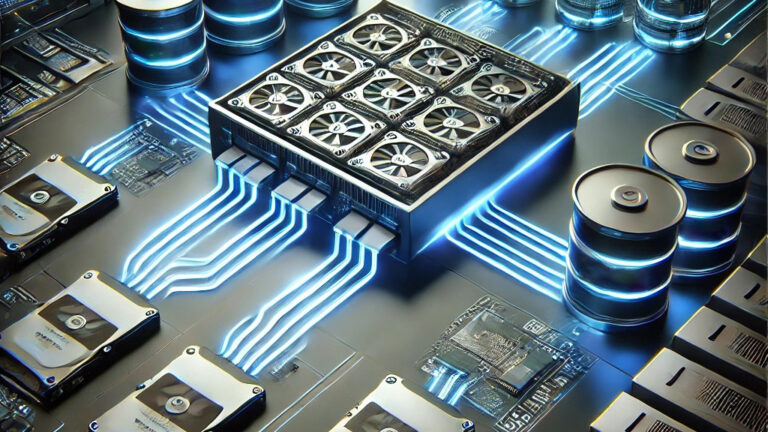When we created the All-Flash Array.next (AFAn), we knew that benchmarking Optane performance was our biggest challenge. What makes the AFAn special is how it leverages both Intel® Optane™ and Intel® QLC to deliver high performance at a price less than the typical all-flash array. The uniqueness of the AFAn is also what makes benchmarking it such a challenge. In our upcoming webinar, we will show you the fantastic system’s performance potential, but let’s be real, benchmarks are not the real world.
Benchmarking Optane Performance for The Real World
The performance and capacity requirements of the real-world vary significantly between data centers. In most data centers, there are moments of substantial write IO, heavy read IO and moments of no IO. A storage system like the AFAn can take advantage of these moments to move data and prepare itself for the next IO burst. The problem is most benchmarks are 48 hours of 100% writes and then 48 hours of 100% read, and then some attempt to mix those. No data center, or at least not most data centers, behave in this fashion.
How to Benchmark Optane Performance
The worst-case workload scenario is one way to benchmark Optane performance. For obvious reasons, it makes our numbers slightly less impressive, although still impressive. If however, our worst case is better than your peak load, then you know you are safe choosing our solution. When it comes to the AFAn, the worst-case scenario fills the upper, Optane™ tier, forcing an evacuation of older data to the lower, QLC tier, while continuing to write to the upper tier. In this situation, the AFAn is writing data to the Optane™ tier, calculating parity for data protection, writing data to the QLC tier, calculating parity for that tier, and updating metadata. In short, the system is working very hard.

In production, most organizations won’t be able to send a non-stop load of IO to the upper-tier without there being any gaps in IO or at least the introduction of some reads. However, the results of this testing scenario are still awe-inspiring. As we show in the webinar, even with all the write activity going on, we are still maintaining hundreds of thousands of IOPS. More importantly, we are maintaining very low latency that is consistent with the more normal operating state of the system.
Another more reasonable alternative is to run the above test but pause it every so often to predict how the system performs under more normal conditions. You could also switch to a more read-heavy workload and then turn back to a write-heavy one. The good news is the AFAn can move data between the Optane™ and QLC tiers very quickly, and as we discuss in our blog “Optane Performance Lowers Storage Costs,” once we transfer the data to QLC, it can also be read directly from that tier. We also manage QLC so that it is truly enterprise class. The result is high performance in almost any state, and no performance drop off as you move between tiers of storage. Again, even in the worst-case scenario, the solution out-performs almost every all-flash array on the market and is less expensive than any of those arrays.
The Best Scenario for Benchmarking Optane Performance

The best way to benchmark Optane performance is to put it in your data center and try it yourself, using your workloads. We have evaluation units available, and if you qualify, we can schedule to have one of those systems sent to your site. To see if you qualify, start a chat with us by clicking the chat box in the lower right-hand corner of the screen or click the “Contact Us” tab over on the left. Just indicate that you are interested in evaluating the AFAn.
See the Performance for Yourself
We are also having a webinar tomorrow where we will demonstrate the performance of the AFAn live. The webinar is just a quick demonstration of the capabilities of combining Optane and QLC. Register to attend and we will send you a copy of our complete copy of our lab report “All-Flash Array.next Powered by Intel® Optane™ and StorONE.




